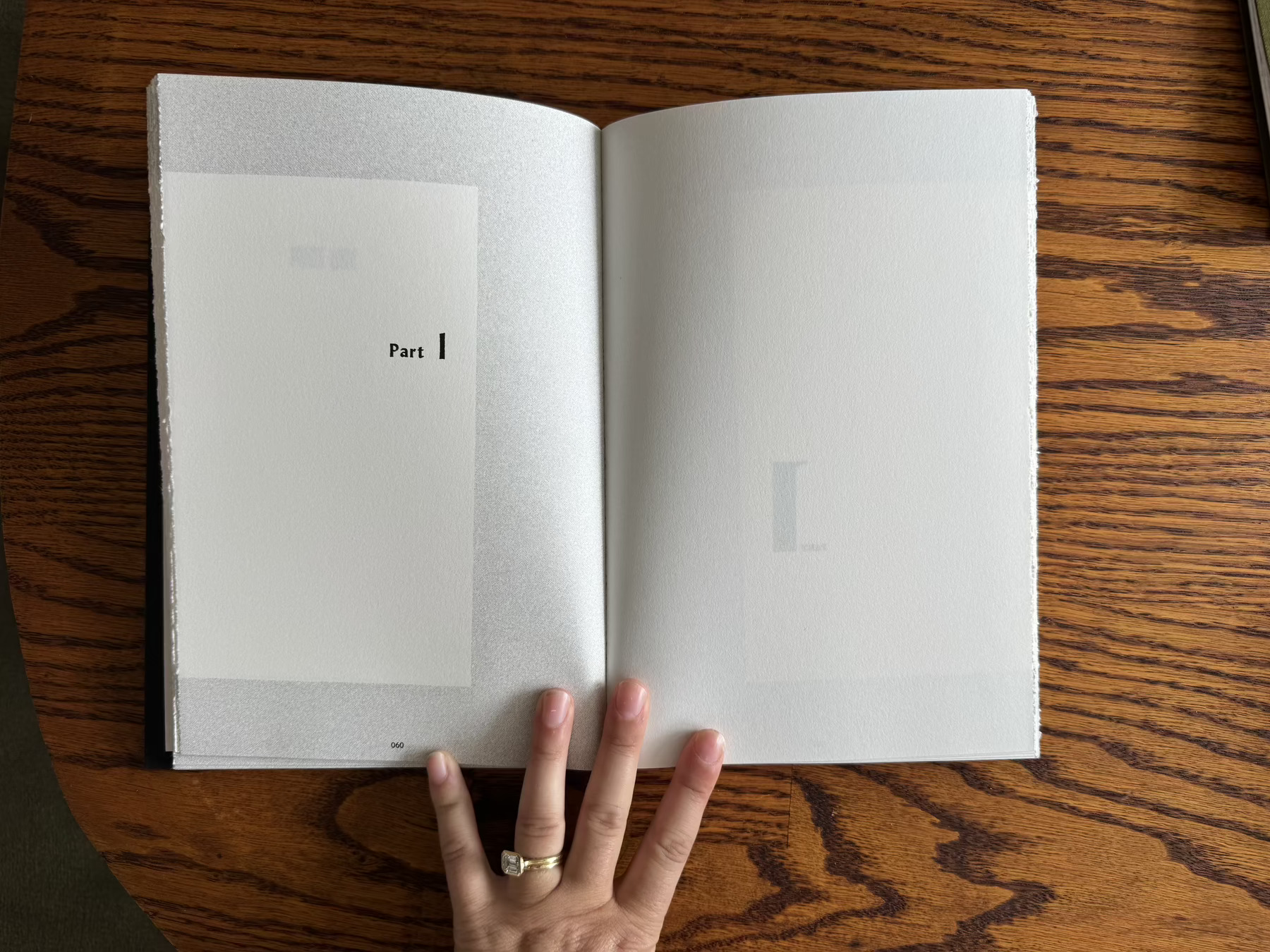Part one/Part I
One of my favorite storytellers, Kevin Fischer, recently reminded me: people spend far too much time setting the scene before they dive into the actual story. The most powerful stories don’t start with a preamble - they drop you right in.
I’ve been thinking about that as I write this, my very first blog post. Part of me feels like I need to explain everything: why I’ve never blogged before, what this is supposed to be, how committed I’ll be, what it might become. But maybe we treat this like the only right way to get into the ocean: no overthinking, just run in.
Lately, I’ve been feeling like the most me version of myself. Not in a big, dramatic reinvention sort of way - more like I’ve been inching closer to my inner child over the past decade. When I was little, my mom used to say I’d wake up beaming every day and shout, “MOMMY, WHAT ARE WE DOING TODAY?” The day ahead felt ripe with possibility and full of wonder.
I feel like her again. And it’s like the focus lines on my camera have snapped into place - everything suddenly sharp and clear. Now I can shoot. I’ve even started waking up earlier (twice this week at 6:45am - a major feat for this sleep lover). There’s so much to learn, read, do, and make - and simply not enough hours in the day.
Clarity is thrilling. But it comes with a side effect: the urge to absorb everything at once. Every day I collect articles, newsletters, quotes, images, conversations, stray thoughts. My inbox is overflowing. Every rabbit hole leads to 17 new tabs, 20 new people, 10 more things to read. Lately, I’ve been using Sari Azout’s Sublime (a betaworks portco) to manage the chaos. But I also live among another kind of collection: the physical one. Books, art, objects I’ve chosen - sometimes unconsciously - to keep close. And as I keep adding to these mental and physical piles, I spend less time with what I already have. Turns out, hoarding inspiration isn’t the same as having ideas. And the more I accumulate, the more disconnected I feel from any of it.
What I’ve been missing is space, structure, and slowness - a chance to process, to connect ideas, to go deep rather than wide. That kind of work nourishes me. I learn and grow most by asking: What are all these things I’m collecting pointing toward? What’s my point of view? My lens? My take on any of it?"
As I sat down to write this, I pulled one of my treasures off the shelf. To write about something I’ve already collected is afterall a small act of choosing depth over volume.
PART ONE, by artist/author Robin R. Waart, is a book about beginnings. It’s an ongoing collection of pages - mostly torn from novels - each featuring only the words “Part One” or “Part I.” Every page is unique - no Part One, I, or 1 looks the same. The book was a buy-at-first-flip for me (sorry Ariel, you know who you married). A perfect 10/10 on the surprise-and-delight-o-meter. Altogether unexpected, simple, frustrating, and romantic.
In The Plague (1947), Albert Camus tells the story of a novelist who spends his entire life writing the opening line of a book - and then dies. Relatable? Yes. Unfortunately too much so.
Starting something new is loaded. Beginnings are full of hope. And also full of fear - all the ways it might not work, it might all come crashing down, and you might fail. That’s what makes them so brave.
To beginnings & beyond, Ripka
